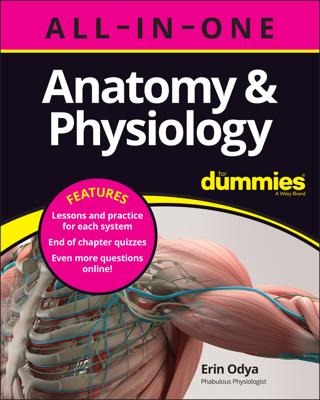Adult human bones are composed of 30 percent protein (called ossein), 45 percent minerals (including calcium, phosphorus, and magnesium), and 25 percent water. Minerals give the bone strength and hardness. At birth, bones are soft and pliable because of cartilage in their structure. As the body grows, older cartilage is gradually replaced by hard bone tissue. Mineral in the bones increases with age, causing them to become more brittle and easily fractured.
Various types of bone make up the human skeleton, but fortunately for memorization purposes, bone type names match what the bones look like:
- Long bones, like those found in the arms and legs, form the weight-bearing part of the skeleton.
- Short bones, such as those in the wrists (carpals) and ankles (tarsals), have a blocky structure and allow for a greater range of motion.
- Flat bones, such as the skull, sternum, scapulae, and pelvic bones, shield soft tissues.
- Irregular bones, such as the mandible (jawbone) and vertebrae, come in a variety of shapes and sizes suited for attachment to muscles, tendons, and ligaments. Irregular bones include seed-shaped sesamoid bones found in joints such as the patella, or kneecap.
Following are the basic terms used to identify bone landmarks or surface features:
- Process: A broad designation for any prominence or prolongation
- Eminence: A raised area
- Spine: An abrupt or pointed projection
- Trochanter: A large, usually blunt process
- Tubercle: A smaller, rounded eminence
- Tuberosity: A large, often rough eminence
- Crest: A prominent ridge
- Head: A large, rounded, articular end of a bone; often set off from the shaft by a neck
- Condyle: An oval articular prominence of a bone
- Facet: A smooth, flat, or nearly flat articulating surface
- Fossa: A deeper depression
- Sulcus: A groove
- Foramen: A hole
- Meatus: A canal or opening to a canal

